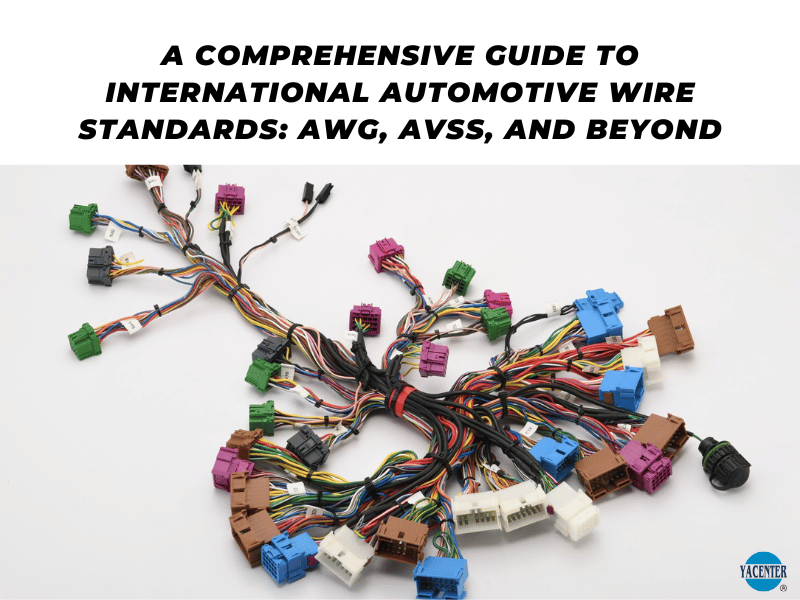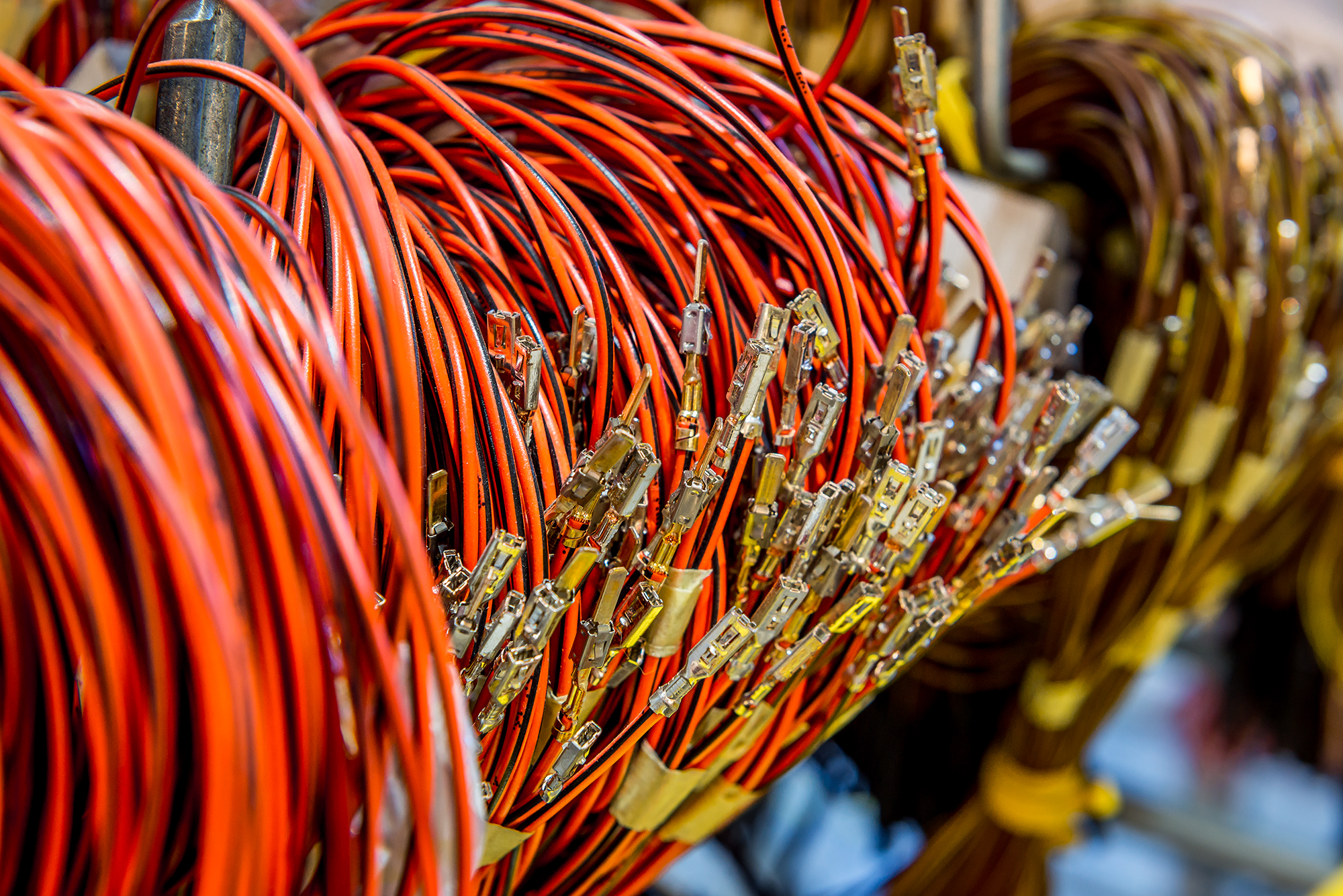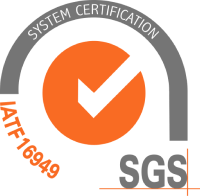A Comprehensive Guide to International Automotive Wire Standards: AWG, AVSS, and Beyond

As automotive electrical systems become more complex, selecting the right wire standard is crucial for ensuring safety, efficiency, and durability. Different regions and industries use specific wire standards, making it essential to understand their differences and applications.
Among the most commonly used standards in the automotive sector are American Wire Gauge (AWG) and Automobile Thin-wall Low Voltage Cable (AVSS). However, other regional standards, such as JIS (Japanese Industrial Standard) and ISO (International Organization for Standardization), also play a significant role in automotive wiring.
This guide will provide a comprehensive comparison of AWG, AVSS, and other automotive wire standards, helping manufacturers, engineers, and suppliers choose the right wire for their applications.
________________________________________
1. Understanding AWG (American Wire Gauge)
AWG is the standard wire gauge system used in North America and various global applications. It determines wire size based on a numerical scale, where lower numbers indicate thicker wires with higher current-carrying capacity.
Key Features of AWG Wires:
- Numbered gauge system, e.g., 18 AWG, 20 AWG, 22 AWG
- Thicker wires have lower AWG numbers, thinner wires have higher AWG numbers
- Made primarily from copper or aluminum
- Used in automotive, industrial, and consumer electronics
Common Applications:
- Power and signal transmission in vehicles
- Audio and entertainment wiring
- Heavy-duty electrical applications (starter cables, battery wires)
________________________________________
2. Understanding AVSS (Automobile Thin-wall Low Voltage Cable)
AVSS is a Japanese wire standard developed by the Japanese Automotive Standards Organization (JASO). It is widely used in Japanese and Asian vehicles and is gaining popularity worldwide due to its lightweight design.
Key Features of AVSS Wires:
- Thinner insulation compared to AWG wires
- Reduces weight while maintaining electrical performance
- Uses high-grade copper conductors for optimal conductivity
- Designed specifically for automotive low-voltage applications
Common Applications:
- Wiring harnesses in compact vehicles
- Dashboard, lighting, and sensor wiring
- Electric vehicle (EV) power distribution
________________________________________
3. Other International Automotive Wire Standards
JIS (Japanese Industrial Standard) Automotive Wires
JIS wires are used in various Japanese automotive applications. They are similar to AVSS but may have additional insulation options or conductor variations.
• AV (Automobile Standard Low Voltage Cable) → Thicker insulation than AVSS
• AVX (Heat-Resistant Automotive Cable) → Designed for high-temperature environments
ISO (International Standard) Automotive Wires
ISO standards define wire specifications for European and global manufacturers, ensuring compatibility and safety in international markets.
• ISO 6722 → Standard for low-voltage automotive wiring
• ISO 14572 → Standard for shielded electrical cables used in data communication in vehicles
DIN (German Industrial Standard) Automotive Wires
Common in European vehicles, DIN-standard wires are used in Mercedes-Benz, BMW, and Volkswagen vehicles.
• FLRY-A / FLRY-B → Flexible automotive wiring with PVC insulation
________________________________________
4. Key Differences Between AWG, AVSS, and Other Standards
Comparison of Automotive Wire Standards
| Feature | AWG (American Wire Gauge) | AVSS (Automobile Thin-wall Low Voltage Cable) | ISO / JIS / DIN Automotive Wires |
|---|---|---|---|
| Insulation Thickness | Thicker insulation | Thin-wall insulation for weight reduction | Varies based on standard |
| Wire Material | Copper or aluminum | High-grade copper | Copper or aluminum |
| Flexibility | Moderate | High flexibility for tight spaces | Varies |
| Weight | Heavier | Lighter | Varies |
| Applications | General automotive & industrial | Japanese & Asian vehicles, EVs | European & international markets |
________________________________________
5. Choosing the Right Wire Standard for Your Application
When selecting an automotive wire standard, consider the following:
✅ Vehicle Type: Passenger cars, commercial trucks, or EVs
✅ Operating Environment: High temperatures, vibrations, and exposure to moisture
✅ Electrical Requirements: Voltage capacity, current ratings, and insulation needs
✅ Industry Compliance: Meeting regulatory and safety standards
For Japanese and lightweight automotive applications, AVSS is preferred.
For North American markets, AWG wires remain dominant.
For European vehicles, DIN and ISO-compliant wires are standard.
________________________________________
6. Why Choose YACENTER for Your Automotive Wiring Needs?
At YACENTER Electric Co., Ltd., we specialize in manufacturing high-quality automotive wiring harnesses that comply with AWG, AVSS, JIS, and ISO standards. We offer:
✔ Custom wiring solutions tailored to your vehicle's specifications
✔ High-quality materials for durability and performance
✔ Manufacturing expertise to meet global automotive standards
✔ Reliable supply chain to ensure on-time delivery
If you're looking for the best automotive wiring solutions, contact YACENTER today for expert consultation and customized solutions!
________________________________________
Conclusion
Understanding international automotive wire standards like AWG, AVSS, ISO, JIS, and DIN is essential for selecting the best wiring solution for your vehicle. Each standard offers unique advantages based on insulation, weight, and electrical performance.
By choosing the right wire type, manufacturers can enhance vehicle safety, efficiency, and durability. Whether you need wiring for traditional combustion vehicles, hybrid systems, or EV applications, YACENTER has the expertise to provide customized, high-quality wiring solutions that meet your exact needs.






